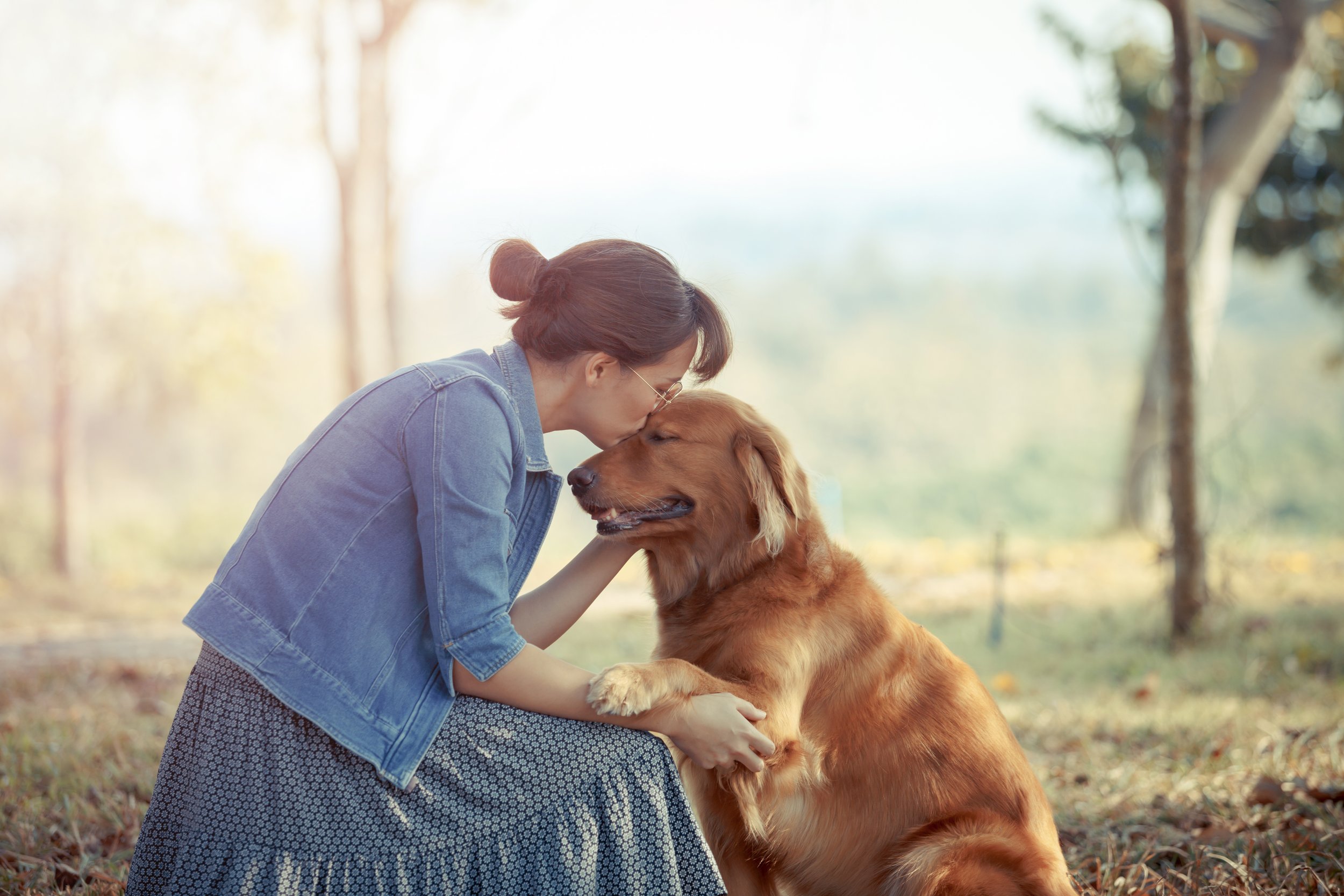Sarah’s Health Notes: four-legged medicine
Sometimes you have to take notice of synchronicity. Last Thursday, my dog-adoring friend Catherine Fenton emailed me about a ‘pet café’ she’d just found in the King’s Road, Chelsea called Love My Human – ‘all geared up for our four-legged friends’. Although Catherine was minus a furry companion, she was made very welcome by both dogs and humans, including Leo, a nine-year-old golden retriever, and his person Lyndsey Uglow.
The café was abuzz with talk about the previous evening’s Kennel Club ‘Friends for Life’ Awards ceremony where Leo, a therapy dog, and Lyndsey were being acknowledged for the amazing work she and Leo – and his friends – have done at Southampton Children’s Hospital. Their tale is told in Lyndsey’s recent book Leo & Friends: The Dogs with a Healing Touch. (Just keep a hanky handy…)
Following her young son’s treatment for leukaemia, Lyndsey developed the Animal Assisted Intervention team at the Hospital, as a volunteer with a qualification in Animal Assisted therapy, Activity and Learning from the Institute for Human-Animal Connection at Denver University (I’ve included the whole mouthful just in case anyone reading this wants to know the details). Over the years, Lyndsey and her team of handlers and dogs have helped more than 10,000 children and young people.
And maybe you can help too. The British charity Pets As Therapy welcome applications for volunteers with dogs. (Follow them on Instagram @petsastherapy_uk) People with dementia are often especially helped and comforted by canine friends. But it’s not just the elderly or unwell. The synchronicity came in at supper just two days later when friends told me how much their very shy and withdrawn six-year-old had blossomed when they followed advice to give her a small dog. That made me remember a story I wrote some years ago about Toto, a flat coat retriever attached to a primary school in the West country. Toto used to roam around at break times and teachers found that he unerringly chose to sit down and lean in to children who were having a difficult time in some way. It was immediately comforting for the child and, just as importantly, signalled to staff that the child might need special attention and support.
You’ll know about Guide Dogs for the Blind, maybe also about Hearing Dogs for the Deaf (just as important and much less well known) but perhaps not about Canine Partners. I learnt about this amazing charity from Philip Eaglesham, a wheelchair-bound former soldier who puts much of his transformation from hopeless and helpless – he tried to end his life at one point - to being a Paralympian and motivational speaker down to Cooper, a golden Labrador retriever (and a favourite of Prince Harry’s - see picture below with Prince Harry, Philip and Cooper and me in the background!).
The other way of helping, of course, is to donate to charities like these. Despite the extraordinary work they do (and what they save the NHS), they receive no government funding. Canine Partners is selling Christmas cards and gifts – my husband’s new puppy might well find a Canine Partners cuddly toy in her stocking… Hearing Dogs have some adorable Cockapoos, Spaniels and Labradors too. There’s even a Puppy in a Tin Sewing Kit for children (husband was looking a bit worried there…).




